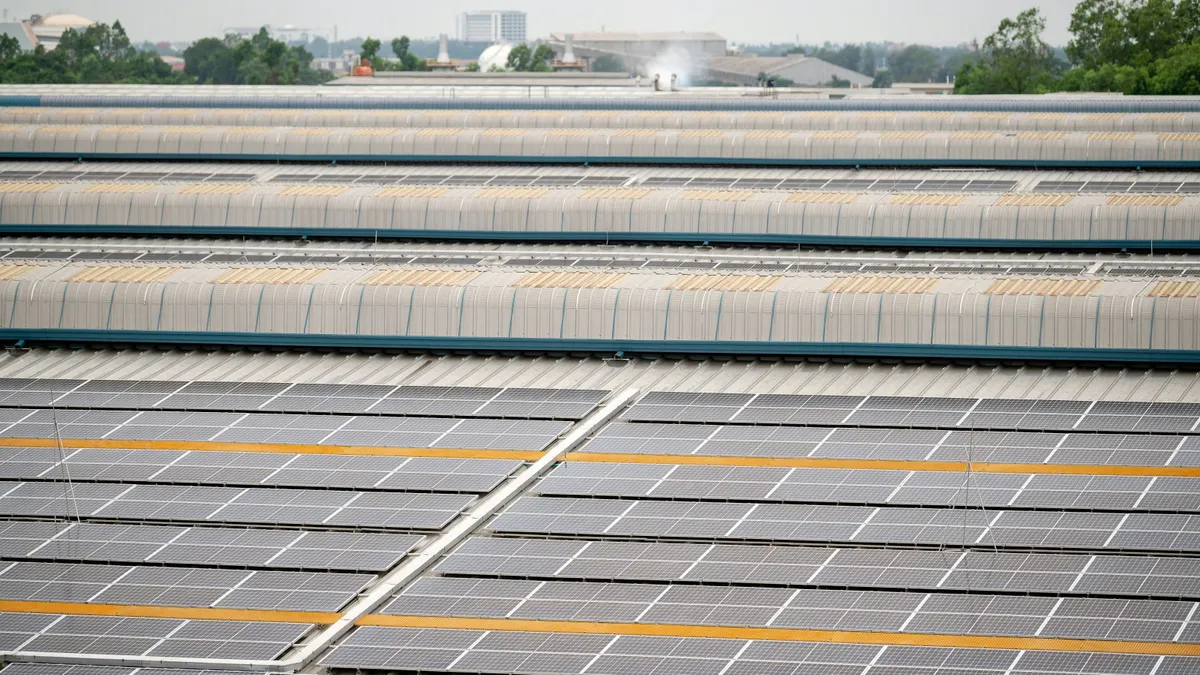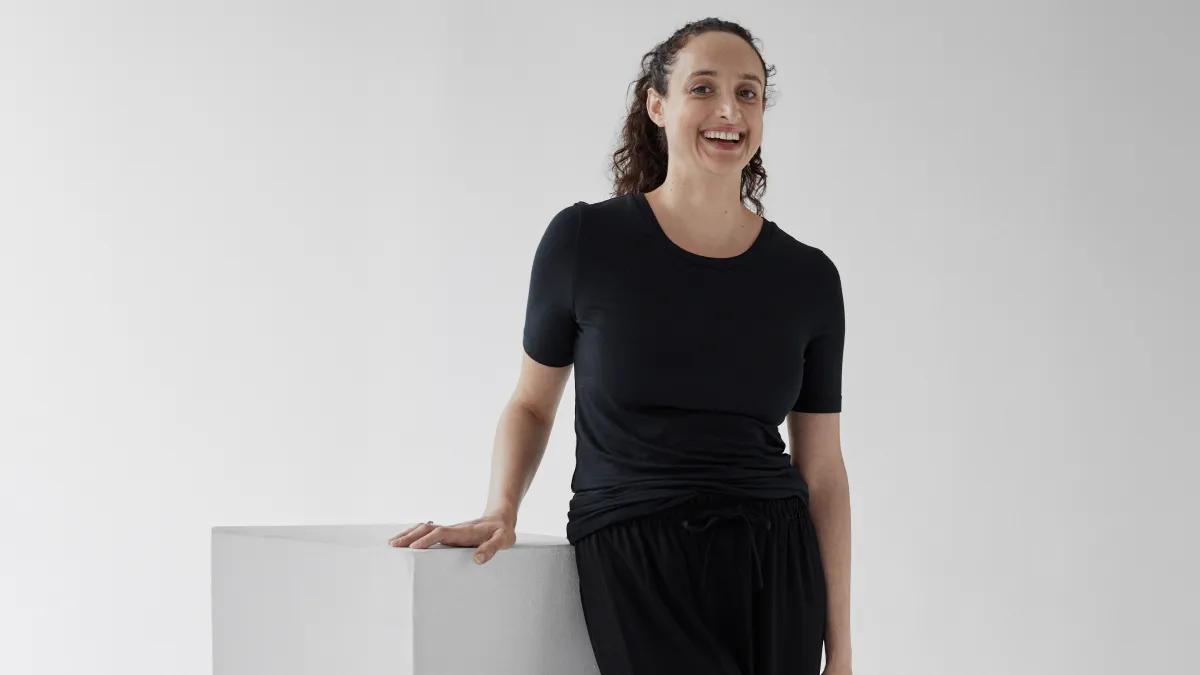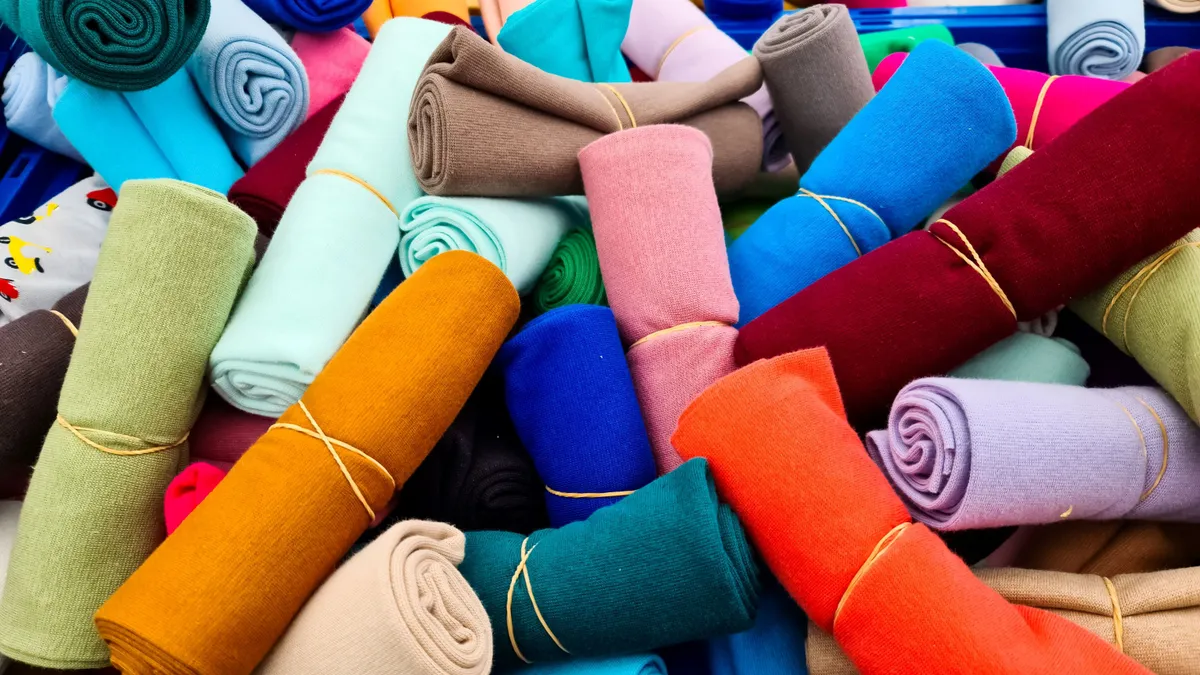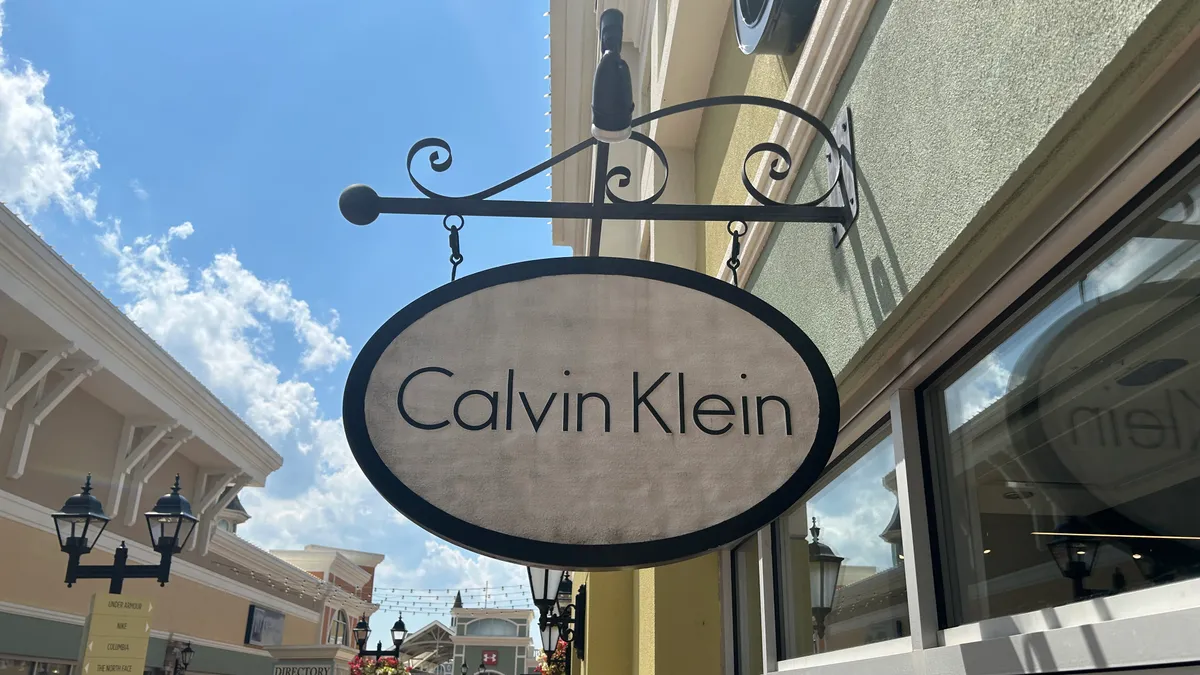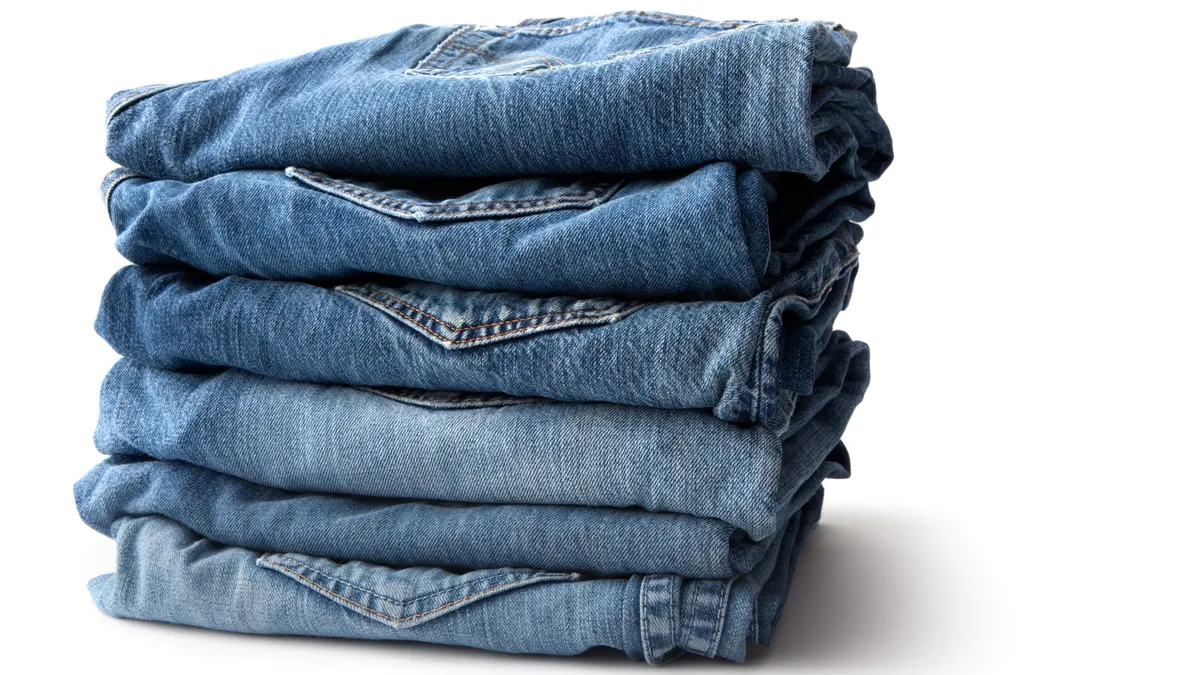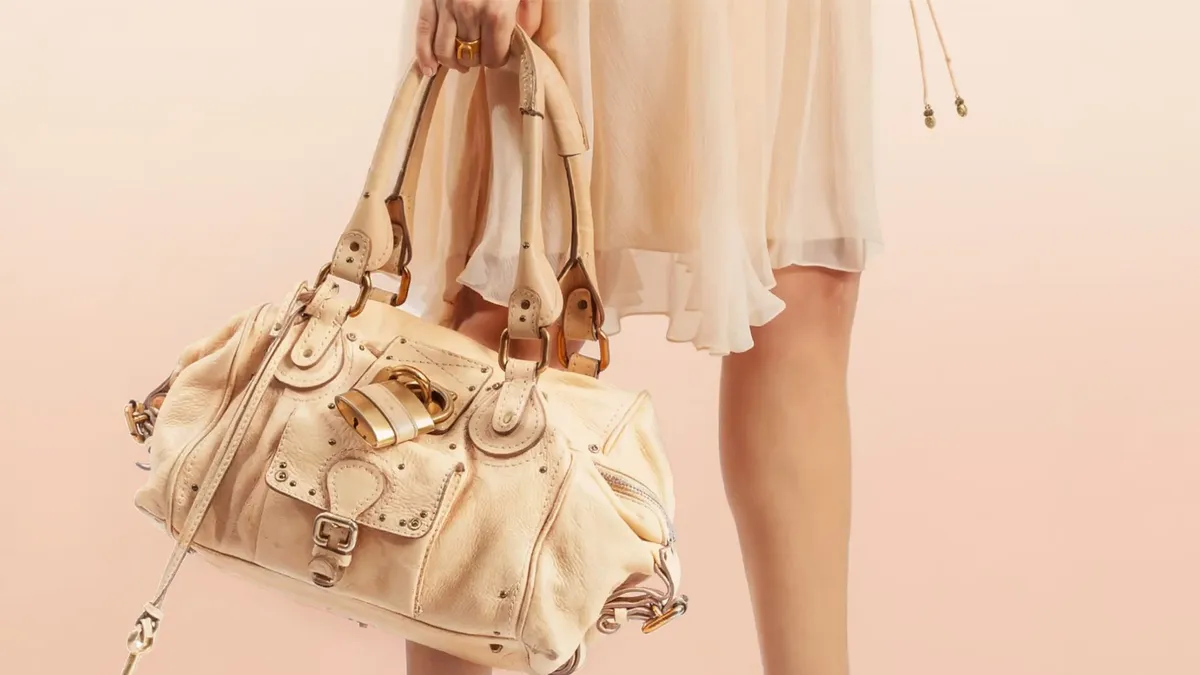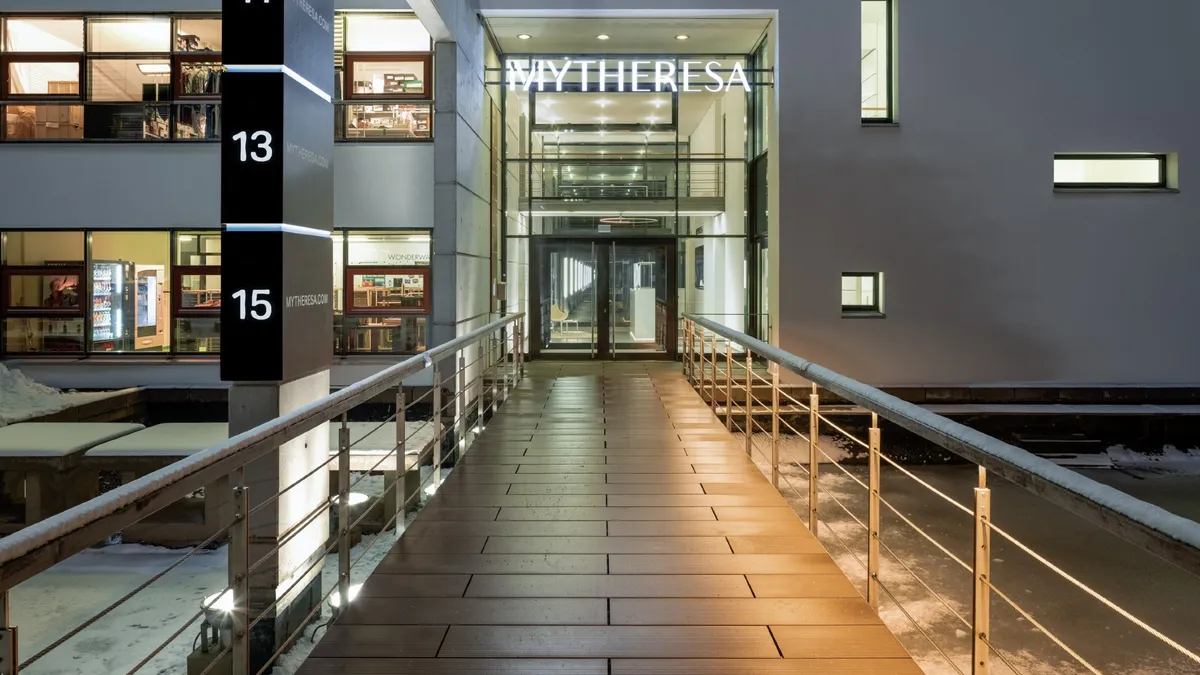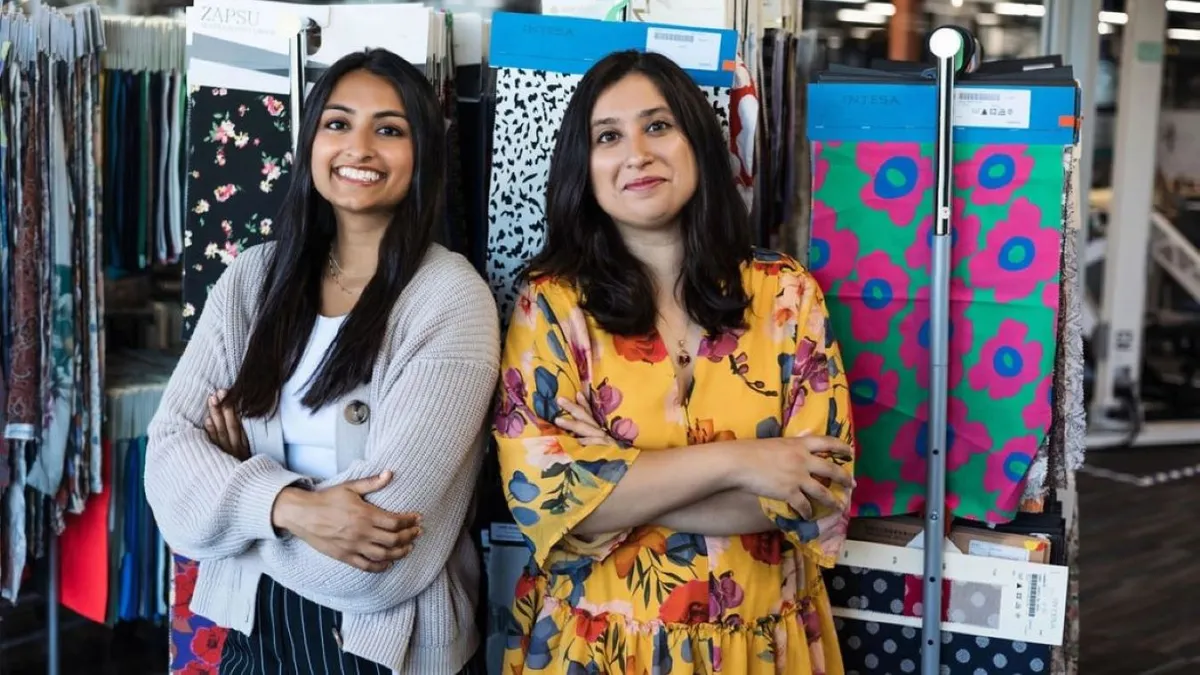Taiwo Meghoma is a fashion consultant and designer. All opinions are the author’s own.
For years, talk of garment production in Bangladesh has conjured vivid images of environmental devastation, labor exploitation and the tragic legacy of the Rana Plaza collapse, which killed more than 1,100 people in April 2013.
But it’s time to correct the narrative.
Bangladesh is making some of the world’s boldest strides in ethical manufacturing while also facing a potential 37% tariff threat from the Trump Administration. These tariffs penalize progress and punish a country that should be rewarded for raising the bar on labor rights, environmental standards and sustainable growth.
After 15 years of authoritarian rule under Prime Minister Sheikh Hasina, Bangladesh has a new government. Under the acting leadership of Nobel Prize-winning Muhammad Yunus, the country is aiming to flip the script, transforming its much-maligned garment sector into an economically successful engine of soft power and international credibility.
It’s a bold move — to reinvent an entire nation on the back of a single industry — but that doesn’t mean it can’t be done. A lot has changed in the 12 years since the Rana Plaza collapse.
And while the public narrative has remained frozen in time, Bangladesh has steadily moved forward — cracking down on unsafe working practices and enforcing tough environmental safeguards.
Within weeks of the disaster, Bangladesh began reforming its labor laws, mandating workplace safety committees and expanding factory inspections to ensure compliance with new safety standards.
Next came a series of groundbreaking agreements on fire safety, health and working conditions. The Bangladesh Accord on Fire and Building Safety, which The Guardian called “one of the world’s toughest factory safety agreements,” has enabled nearly 56,000 inspections of 2,400 factories, leading to more than 140,000 improvements and safer conditions for more than 2 million workers.
Still, Bangladesh plans to do more.
In 2021, the country strengthened the Accord, creating a set of binding principles shared between global unions, brands and retailers to ensure garment factory safety. The new Accord was also expanded into Pakistan, pushing more brands to take responsibility for protecting workers in their supply chains.
Today, the garment sector accounts for more than 13% of Bangladesh’s GDP and more than 80% of its exports. It employs more than 4 million people, most of them women, offering vital pathways to economic empowerment across both urban and rural areas.

Acknowledging the contributions of working women, new initiatives have emerged to support their career development, alongside training on critical life skills. True, not everything is perfect, but garment workers are represented by some of the world’s strongest labor unions, which continue to advocate for their rights.
Bangladesh’s progress hasn’t been limited to labor. It now leads the world in green manufacturing. Of the 10 most sustainable garment factories globally, nine are in Bangladesh. Among the top 100, the country claims nearly two-thirds of the list.
Unsurprisingly, major global brands are returning. Since 2023, companies including Gap, Express and Disney have resumed or expanded sourcing in Bangladesh, while others including PVH-owned Tommy Hilfiger and Calvin Klein have entered the market more recently. These decisions, underpinned by multi-million-dollar investments and record-breaking apparel exports of almost $36 billion in 2023, reflect rising global confidence in Bangladesh’s commitment to ethical, sustainable manufacturing.
But to maintain this momentum, the new government must seize the opportunity — deepening ties with global brands, bringing international buyers back to a revitalized Dhaka, and reintroducing Bangladesh as a global leader in responsible manufacturing, not because it’s cheap, but because it’s consistent, compliant and committed to doing things the right way.
With long-elusive political stability finally within reach, the conditions for investor confidence are falling into place.
Already, the country is showcasing its transformation. Luxury resorts are rising in Cox’s Bazar. Metro rails, new expressways and expanded airports are reshaping domestic travel and logistics. Eco-retreats in Sylhet and high-end entertainment parks along the coast offer an entirely new experience of Bangladesh. Four new five-star hotels are opening in Dhaka, while heritage sites, cultural festivals and bustling bazaars are being promoted with fresh energy.
Meanwhile, business regulations have been streamlined and digitized. One-stop investment services are cutting red tape and simplifying entry for foreign investors.
Tariffs may have increased costs for American buyers, but targeting Bangladesh — a country that has done more than most to overhaul its garment sector — is both economically shortsighted and morally misguided. The real value Bangladesh offers lies not in being the cheapest, but in being the most forward-thinking: a model for how ethical production and global competitiveness can go hand-in-hand.
As the first wave of visitors and buyers trickles back, it’s time to throw open the gates, inviting brands, stakeholders and shareholders to witness the transformation firsthand. In an age of conscious capitalism where social and environmental values are starting to outweigh economic considerations, Bangladesh is the ultimate underdog, quietly poised to take the lead.


